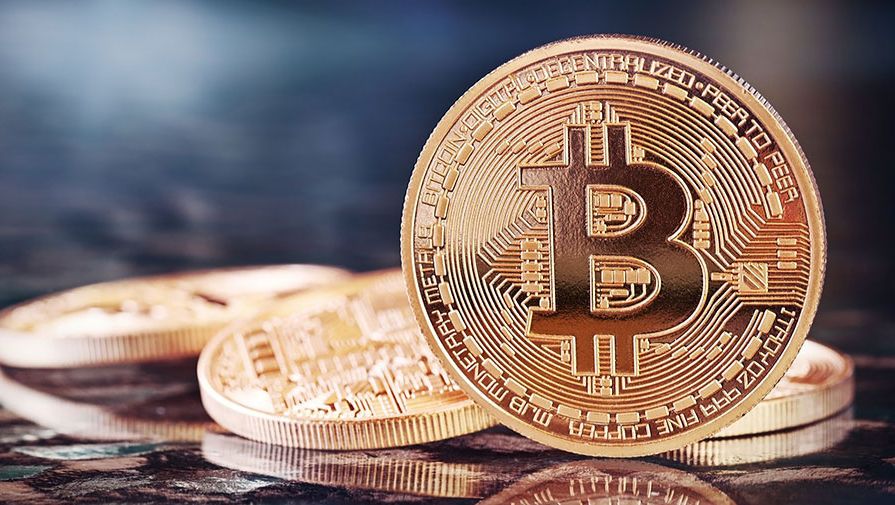Block Chain for Accountants – Origins of Bitcoin
No discussion about cryptocurrency would be complete without taking a closer look at Bitcoin. Bitcoin is the most well known of all cryptocurrencies – so much so, that some even use the terms interchangeably.
According to most sources, Bitcoin was also the first decentralized digital payment system as it was released in 2009 as an open source software. The inventor of Bitcoin has for many years been a mystery as its founder (or group of founders) used what is widely believed to be a pseudonym – Satoshi Nakamoto.
The name Satoshi Nakamoto refers to the person or group of people that created Bitcoin as well as the original blockchain database. Nakamoto was actively involved with Bitcoin until the end of December 2010, after which he ceased to be active online.
Who is Satoshi Nakamoto – really?
According to his own communications Nakamoto is a Japanese businessman who was born on April 5, 1975. Other than this, Nakamoto would never disclose further information about himself.
Computer scientists however, believe that he is actually not Japanese at all due to his flawless English and the fact that none of his software is labelled in Japanese. Most experts also believe that he resides in the United States or Europe. Some suspect that he might be British due to his occasional use of British word spellings and phrases.
Over the years, there have been many speculations about the true identity of Nakamoto. As of 2017, it is estimated that Nakamoto owns approximately $1 million bitcoins having a value of $7 billion USD. That is roughly five percent of the cryptocurrency. Should Bitcoin someday become a global currency, it is likely that Nakamoto will become the richest person in the world.
The first appearance of Nakamoto on the public scene was in October 2008 when he published a paper entitled Bitcoin: A Peer to Peer Electronic Cash System. Three months later on January 9, 2009 the first Bitcoin software was launched.
According to Nakamoto, he had begun work on this software in 2007 and that it was designed to support a wide range of transaction types because it used predicative script (a complex mathematical code).
Nakamoto then created the website bitcoin.org which he used as a platform to collaborate with numerous computer scientists and developers until 2010.
At that point, he handed control of the site and the source code repository to a man named Gavin Andressen. Prior to Andressen’s succession, Nakamoto had done all the coding himself.
Possible Identities
There have been many speculations as to the true identity of Nakamoto. Among some of the more likely suspects are:
- Nick Szabo – Szabo is a strong supporter of digital currencies and his is the publisher of a paper about bit gold which proceeded Bitcoin. While there is some circumstantial evidence suggesting that Szabo could be Nakamoto, Szabo has denied it.
- Hal Finney – Finney, a pioneer in cryptocurrency, was the second person (Nakamoto being the first) to use the Bitcoin software. It was Finney who received the first transfer of the digital currency from Nakamoto himself. When samples of Finney’s and Nakamoto’s writing were compared, there were some similarities suggesting that they might be the same person.
- Craig Steven Wright – Wright is an Australian academic who in May of 2016 claimed in a blog that he was Nakamoto. Many cryptography and Bitcoin experts however dismissed Wright’s claim, saying that his supposed proof did not link him to Bitcoin.
- Dorian Nakamoto – In one of the highest profile claims that the real Nakamoto had been discovered, a Japanese-American man living in California named Dorian Nakamoto was identified by a young journalist as being Satoshi Nakamoto. Dorian Nakamoto was a physicist, engineer and libertarian – all qualities which one might believe to be true of Satoshi Nakamoto. Dorian however denies being Satoshi Nakamoto and when he was first interviewed by the media, he claimed that he had never even heard of Bitcoin.
Nakamoto’s Bitcoin fortune and what it means for the currency
As stated early in the article, although Nakamoto disappeared from the digital scene in 2010, he did not leave empty handed. He still holds 5% of Bitcoins 21 million supply.
This is not insignificant to the potential future value of Bitcoin. Because there will never be more than 21 million Bitcoin, the scarcity of it helps it to hold its value. Should Nakamoto however decide to flood the market some day with his share of 1 million, it could greatly impact the value of the cryptocurrency.
To date however, Nakamoto has not sold any of his currency which suggests he believes more in the idealism of a digital currency which circumvents the need for using big banks. It also suggests that he may believe the value of Bitcoin will continue to climb higher and that he sees no need to take some profit at this time.
The disappearance of Nakamoto has left the Bitcoin community without a leader. Decisions are made by consensus of members of the community. While this process has been effective so far, it also means that it takes a long time before a decision can be made and change is slow to happen.


Recent Comments